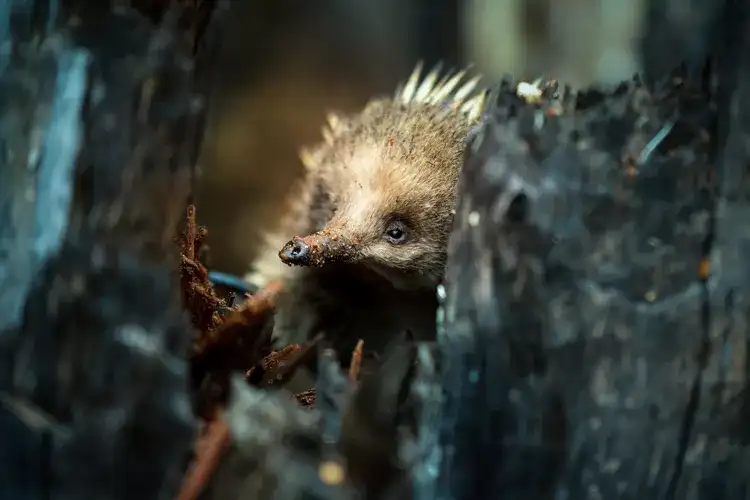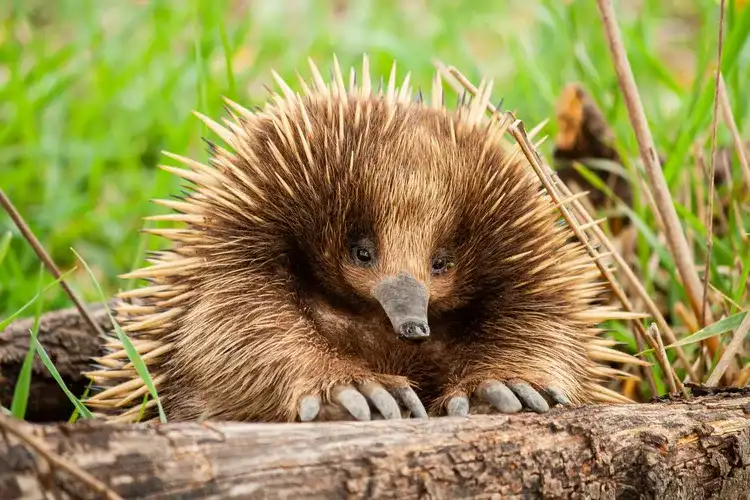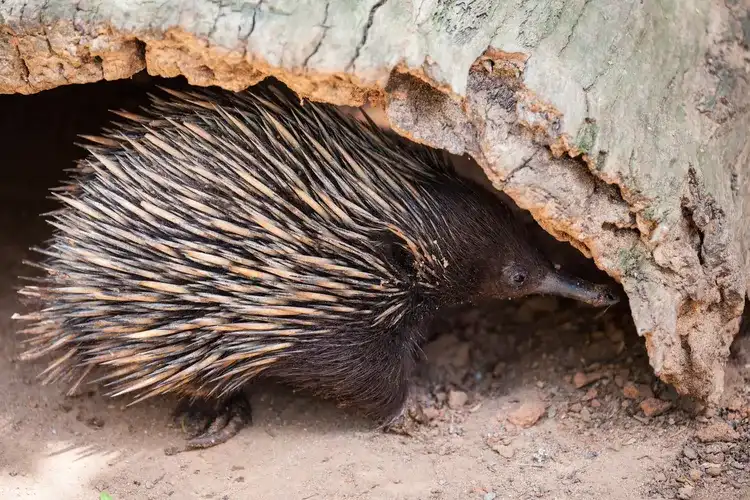Most mammals give birth to live young, but a handful break the mold literally by laying eggs. These unique creatures, called monotremes, are only found in Australia and New Guinea. There are just five known species worldwide, each with its own quirks, habitats, and remarkable survival strategies. Here’s a look at the world’s only egg-laying mammals, how they live, and what makes them so extraordinary.
What Makes Monotremes So Unique?
Monotremes are mammals that lay eggs instead of giving birth to live young. The name “monotreme” comes from the Greek for “single opening,” referring to the cloaca one exit for both waste and reproduction. These mammals nurse their babies, called puggles, but their reproductive strategy stands alone in the mammalian world.
The Five Egg-Laying Mammals
All monotremes belong to one of two groups: the platypus or the echidnas. Here’s what makes each species special.

Duck-Billed Platypus
Recognized instantly by its duck-like bill, the platypus is a freshwater specialist found in Tasmania and eastern Australia. With a streamlined body, webbed feet, and waterproof fur, it thrives in rivers and lakes. Males have venomous spurs on their hind legs. Platypuses are nocturnal, foraging for insects, shrimp, and crayfish. Females lay one to three leathery eggs in a burrow, nursing their puggles until they are ready to swim.

Eastern Long-Beaked Echidna
Native to New Guinea, the eastern long-beaked echidna is much larger than its relatives and lacks a tail. Its elongated snout and strong sense of smell make it a formidable hunter of earthworms, insects, and larvae. Mostly nocturnal, this elusive echidna spends its days hidden and its nights foraging. The species is listed as vulnerable due to habitat loss and limited range.

Western Long-Beaked Echidna
The largest monotreme, the western long-beaked echidna can reach nearly 40 pounds. It also lives in New Guinea, relying on earthworms as its main food source. With powerful digging claws and a defensive habit of curling into a ball, this shy mammal is critically endangered, facing threats from poaching and deforestation.

Short-Beaked Echidna
Sometimes called the spiny anteater, this echidna is widespread in Australia and Tasmania. Its coat is covered in stiff, protective spines. With no teeth, it uses a long, sticky tongue to collect ants and termites. Females lay a single egg and carry the hatchling in a pouch until it’s ready to survive on its own. The short-beaked echidna has adapted to a variety of habitats and is the most commonly seen monotreme.

Sir David’s Long-Beaked Echidna
Named after the famed naturalist Sir David Attenborough, this small echidna inhabits remote areas of New Guinea. Like other echidnas, it leads a solitary, nocturnal life, foraging for invertebrates. Females create well-insulated burrows to incubate their single egg, protecting the young until it grows fur and spines. Sir David’s long-beaked echidna is critically endangered, with only a few sightings in recent decades.
Why Monotremes Matter
Monotremes are living relics of mammalian evolution, providing a window into the distant past. Their survival is threatened by habitat loss, hunting, and environmental change. Protecting these species and learning from their unique biology remains a global priority.
- Diversifying mammalian life: Monotremes represent a rare branch of evolution, reminding us that nature’s creativity is boundless.
- Fragile habitats: With small populations and limited ranges, every monotreme species is vulnerable to extinction.
- Conservation action: Supporting organizations like the Australian Platypus Conservancy is vital for their survival.
Whether you’re a wildlife enthusiast or just curious about nature’s oddities, monotremes stand as a testament to how surprising the animal kingdom can be and why preserving biodiversity matters for us all.





